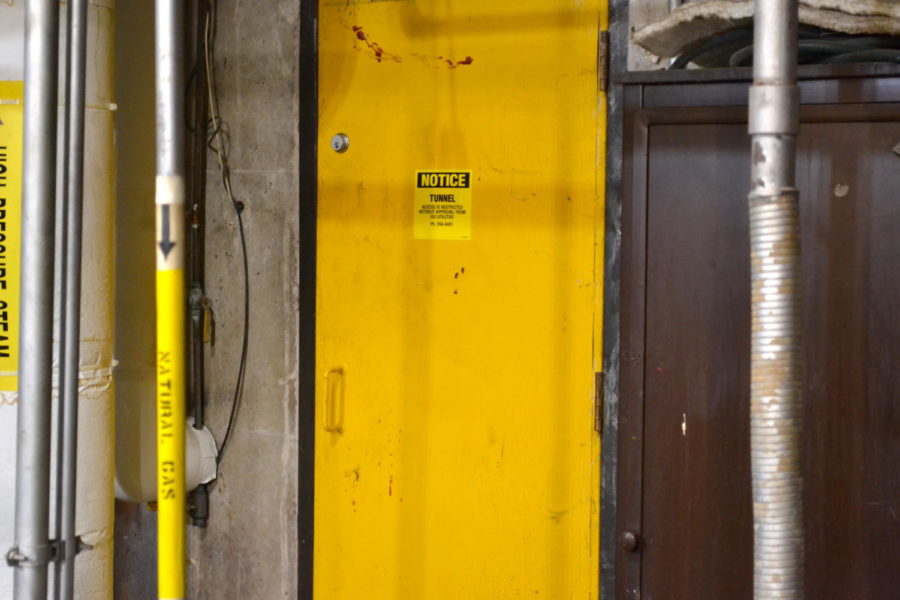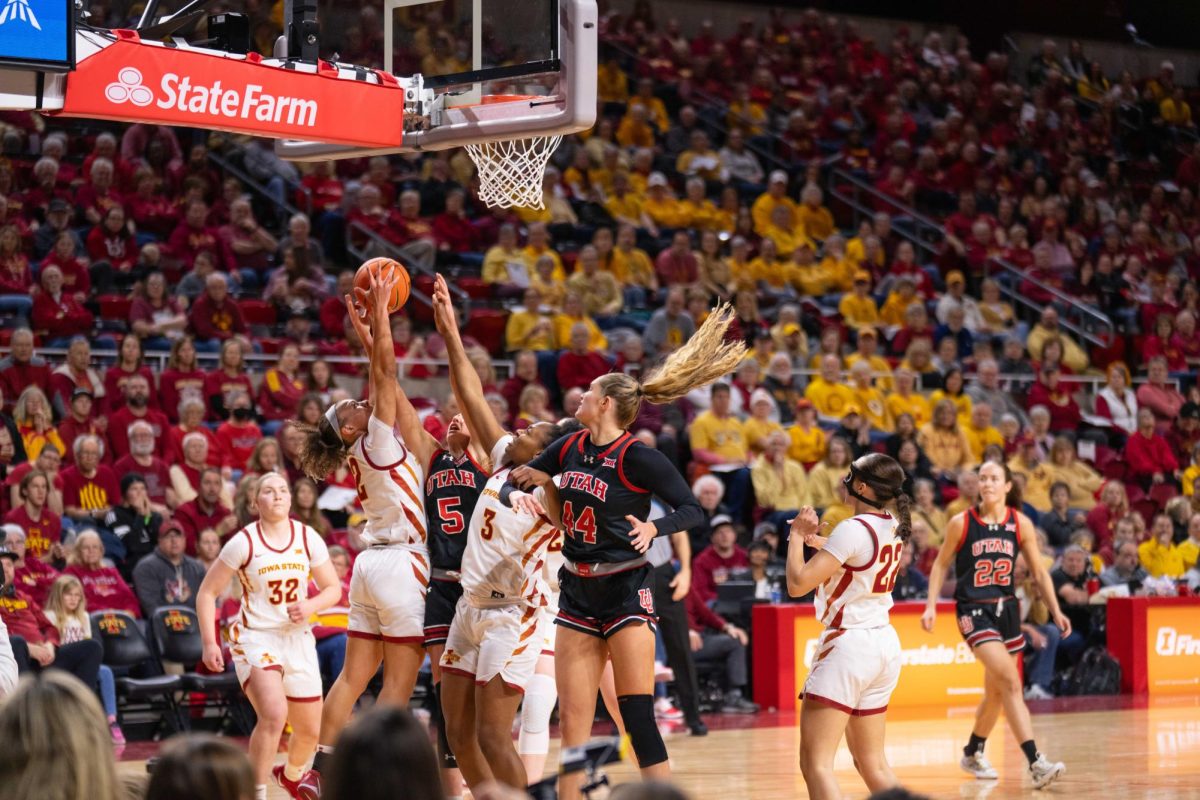One Iowa State student’s adventure underground
February 26, 2018
It was a chilly Friday morning on campus as I made my way into the Town Engineering building. Taking off my hat and gloves, I eagerly scanned the room for Mike Murray, Iowa State’s chief mechanical engineer. The room was empty, but this was fine. I was early.
My fascination with Iowa State’s underground steam tunnel system began freshman year when I first heard the rumors. Students spoke of secret tunnels connecting all of campus, and alumni told bold stories of sneaking around beneath buildings to escape the frigid winters. I began asking around for anyone that could tell me about the tunnels.
After reaching out to staff at the university power plant, I was directed to Murray. He told me he could set up a tour, but only for reporters and organized student groups. And so, I became a reporter. One more call with Murray, and we were ready to go.
Murray arrived right on time, carrying two hard hats. We wasted no time with lengthy introductions and immediately took off down the long hallway. A few turns later and we arrived at an inconspicuous mechanical room.
He unlocked the door and we made our way inside. The room itself was spacious, with large white pipes running in every direction. In the back, a sign on a strange yellow door read “Notice: Tunnel.”
Before donning our hard hats and entering the tunnel, Murray wanted to share some history. To understand where the tunnels came from, we have to go way back into Iowa State’s past. Before Beardshear Hall graced the landscape, a building called Old Main stood in its place.
Old Main was heated by a large boiler room in the center of the building, which burned coal to create steam. Although this provided convenient heating, it was a huge risk to the largely wooden structure. In 1900, a fire damaged the north wing of the building. Just two years later, Old Main burned down completely.
The need for a better system was clear. In the wake of the Old Main disaster, it was decided that Marston Hall would be the first building without a boiler. The original campus power plant, located just east of Black Engineering, would provide steam to heat the building.
And thus, the very first steam tunnel was built, connecting Marston to the plant. The oldest steam tunnels were made with an arch brick design, and many are still used today.
Using steam from the power plant was not only safer, but more efficient, Murray said. To generate electricity, power plants burn coal to produce steam, which turns large turbines. Once the steam has passed through the turbines, it is too cool to be used for power but still very hot. Rather than go to waste, the steam could now be moved to campus buildings to provide heat.
Following the Old Main fire, construction of Beardshear Hall began, as well as a new power plant on the northeast corner of campus. Both were completed in 1906. As structures were added, new sections of tunnel were dug to connect. These tunnels were rectangular and built with steel rather than brick. Slowly, this turned into the huge system of steam tunnels we have today.
With my history lesson from Murray complete, it was finally time to go inside the tunnels. He unlocked the yellow door, and I took my first steps into the maze.
I immediately felt a gust of cold air. Murray pointed to the vent above our heads, which opened straight up to the sky above. These vents, as well as the overhead lights, were added in the 1990s. Before that, temperatures in the tunnels could reach as high as 130 degrees Fahrenheit. Along the wall, large pipes brought hot steam into the building, and cool condensed water back to the power plant. Murray said the steam in these pipes was nearly 400 degrees.
The combination of cool air from the vents and warm air from the pipes made the space very comfortable. As we continued down this first stretch of tunnel, I found myself stepping over large puddles and debris which had washed in through the vents. We turned the corner and I could no longer see the end.
The tunnels begin at the power plant, running all the way to Town Engineering, over to Friley Hall, and connecting to the Memorial Union. However, not all of campus is connected. The tunnels do not reach Old Richardson Court and the Iowa State Center, both of which get their heat from buried pipes. In total, there are 4.8 miles of tunnels and 2.5 miles of direct-buried steam lines.
In addition to providing efficient heating to most of the buildings on campus, the tunnels also carry chilled water for air conditioning. This novel system helps Iowa State Facilities Planning and Management meet the constantly changing demands of campus buildings. More tunnels are still being built, with a new section going in this summer to connect the new Student Innovations Center.
We explored the tunnels a bit longer before making our way back to the mechanical room. Although they are a site to see, Murray has asked that students not venture down on their own. The tunnels can be a dangerous place if a steam pipe were to burst. If that isn’t enough reason, the tunnels are also littered with motion detectors that signal directly to the Iowa State University Police Department.
If you’re like me and simply have to see them, get your student group and talk to Murray. Campus is full of history, mystery and hidden places to discover. If you ask around enough, you just might find a way in.







